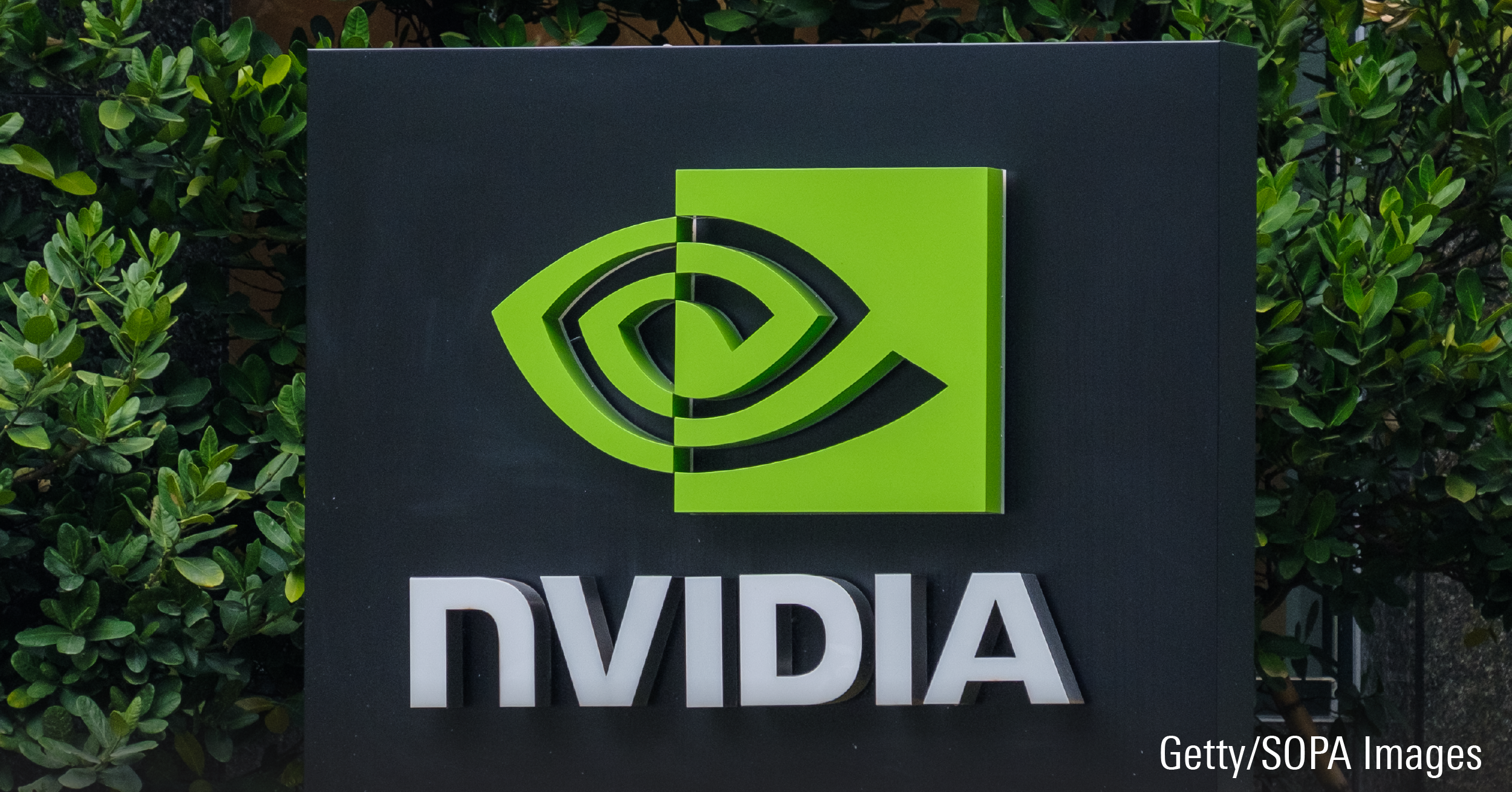When the 704-passenger luxury cruise ship Adonia sailed from Miami on its maiden voyage to Havana in early May, it ended a 40-year-long pause in commercial travel in the Florida Straits, the body of water that separates the United States and Cuba. Seen as a good omen by the cruise industry, the US$1,800-per-person, seven-day leisure trip may have unlocked a lucrative revenue stream for cruise operators.
The Adonia voyage is yet another sign of future growth for the global cruise industry, already growing at a record pace. An estimated 24 million passengers are projected to go on cruises this year, up by two million from 2014. Most of them are headed to the Caribbean (33.7%), followed by the Mediterranean (18.7%), according to the most recent data released by the Cruise Lines International Association (CLIA). And while the global cruise industry is projected by online data portal Statista to generate more than US$40 billion in revenue this year, the stock-market performance of these companies has been lagging. The S&P 500 Hotels, Resorts and Cruise Lines sub-index has fallen more than 6% on a year-to-date basis, as of May 6.
Individually, the leading cruise operators were down between 10% and 25% in the year to date, as of May 10. Yet these three companies, which control 90% of the global market, continue to trade at a sizeable discount to their fair value built on strong fundamentals. These businesses consistently bump up passenger capacity and price, cater to a diverse pool of customers and are looking to expand their reach beyond high-capacity regions like the Caribbean to rapidly growing Asian markets, according to Morningstar equity research.
| Carnival Corp. | ||
| Ticker | CCL | |
| Current yield | 2.26% | |
| Forward P/E | 12.0 | |
| Price | US$49.63 | |
| Fair value | US$58 | |
| Data as of May 25, 2016 | ||
With more than 100 ships, ![]() Carnival Corp. (CCL) is the world’s largest cruise operator. The company, whose brands include Carnival Cruise Lines, Princess Cruises, P&O Cruises and Cunard Line, operates primarily in North America, Europe and Australia. It serves more than 10 million guests annually.
Carnival Corp. (CCL) is the world’s largest cruise operator. The company, whose brands include Carnival Cruise Lines, Princess Cruises, P&O Cruises and Cunard Line, operates primarily in North America, Europe and Australia. It serves more than 10 million guests annually.
"Carnival has the best ability to capitalize on under-served international markets, thanks to its global reach and tailored fleet," says a Morningstar report. "The repositioning and deployment of ships to faster-growing and under-represented regions like Asia Pacific should help balance supply in high-capacity regions like the Caribbean, which should provide for more lucrative pricing strategies globally."
Morningstar equity analyst Jaime Katz says the company will deliver double-digit returns on investments, driven by the rapid growth of passengers over the age of 65--a key demographic for cruise companies. She also cites improved employment in the U.S., which should boost lower-income consumers' willingness to spend.
To meet growing demand, Carnival is adding four ships to its fleet in 2016. Expansion in largely under-served China will be another key profit growth driver for Carnival over the next few years, Katz adds. "Over time, China should surpass North America in demand."
Katz puts the stock's fair value at US$58. She expects Carnival's EBITDA (earnings before interest, taxes, depreciation and amortization) and returns on invested capital to increase by 30% and more than 12%, respectively, over the next five years. If the economic environment improves dramatically, she adds, operating margins could rise to 26% over the next decade.
| Royal Caribbean Cruises Ltd. | ||
| Ticker | RCL | |
| Current yield | 1.79% | |
| Forward P/E | 10.3 | |
| Price | US$77.50 | |
| Fair value | US$94 | |
| Data as of May 25, 2016 | ||
The world's second-largest cruise company, ![]() Royal Caribbean Cruises (RCL), operates more than 40 ships across six brands in the cruise industry. The company also has a 50% investment in a joint venture that operates TUI Cruises, based in Germany.
Royal Caribbean Cruises (RCL), operates more than 40 ships across six brands in the cruise industry. The company also has a 50% investment in a joint venture that operates TUI Cruises, based in Germany.
RCL is aggressively expanding its global reach through joint ventures and by adding new cruise ships to its existing businesses in Europe and Asia. The company started its Hong Kong operation last year and plans to add another luxury cruise ship by the end of this year. As well, RCL recently allied with a Spanish private-equity firm, Springwater Capital, to expand its presence in Spain, France and Portugal.
"The company's dedication to source cruisers from international markets, like Asia and Europe, provides more significant demand potential," says Katz. "Reaching deeper into these underserved population bases is imperative for Royal Caribbean's growth over the long term."
The company's adjusted net income for the first quarter of 2016 jumped more than three times to US$124 million from last year's US$45.2 million for the same period. Katz recently raised her estimate of the stock's fair value from US$88 to US$94. She says management's goal to earn double-digit returns on invested capital, as well as double its 2014 earnings per share by 2017, is achievable.
Katz projects Royal Caribbean's EBITDA margins to grow from 26% in 2015 to more than 30% over the next decade, provided that Royal "is able to maintain its premium brand image and continue to stringently control costs."
| Norwegian Cruise Line Holdings Ltd. | ||
| Ticker | NCLH | |
| Current yield | - | |
| Forward P/E | 9.3 | |
| Price | US$46.57 | |
| Fair value | US$66 | |
| Data as of May 25, 2016 | ||
With 22 passenger cruise ships offering freestyle and luxury cruising, ![]() Norwegian Cruise Line (NCLH) is the world's third-largest cruise company, sailing to more than 510 destinations worldwide. Norwegian is adding another five vessels by 2019 to increase capacity and its global reach. "As Norwegian is relatively smaller than its North American cruise peers, it has significant global capacity growth potential over the next five years," Katz says.
Norwegian Cruise Line (NCLH) is the world's third-largest cruise company, sailing to more than 510 destinations worldwide. Norwegian is adding another five vessels by 2019 to increase capacity and its global reach. "As Norwegian is relatively smaller than its North American cruise peers, it has significant global capacity growth potential over the next five years," Katz says.
The operator's freestyle cruising is seen as a differentiated product catering well to both older travelers and millennials, "allowing families across demographics to travel together," Katz said. Her assessment is that the stock currently trades at a 30% discount to its US$66 fair value.
Norwegian's acquisition of the more upscale Prestige brands provides the company a cushion against economic volatility, says Katz. Its luxury products, she argues, "are offered to consumers who tend to be less affected by economic cycles and changes to the pricing strategy."
The company reported a 41% jump in profit and 15% growth in revenue, on an adjusted basis, in the first quarter, boosted by strong pricing and robust demand in the Caribbean.
With an eye on the growing middle classes and changing lifestyles in emerging countries, Norwegian joins its peers in the Asia-Pacific market, offering cruises departing from Singapore, Hong Kong, Australia and New Zealand. "Norwegian may be able to support better yield growth ahead, as it replaces lower-yielding itineraries with new, higher-yielding itineraries," says Katz.
Complete access to Morningstar's research on equities, mutual funds and exchange-traded funds is available to subscribers to Morningstar Canada Premium.

















